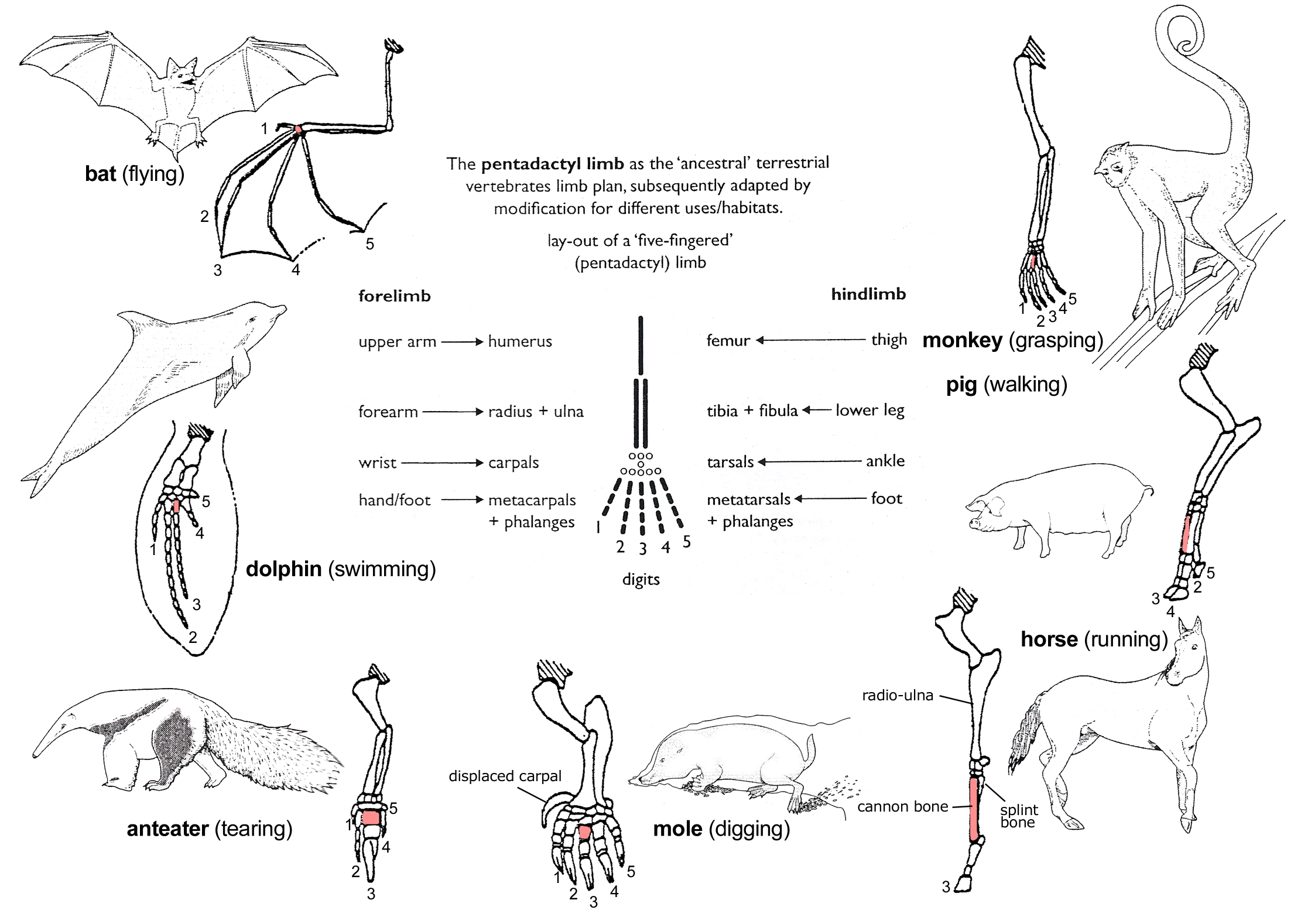A straightforward method for evaluating replication is to test whether the replication shows a statistically significant effect (P < 0.05) with the same direction as the original study.
The authors first checked how many replications "worked" by analyzing how many replication studies showed a significant effect with the same direction (positive or negative) as the original studies.
Of the 100 original studies, 97 showed a significant effect. Based on their ability to replicate the original studies, the authors expected around 89 successful replications. However, results showed that only 35 studies were successfully replicated.


 Source: Fraunhofer CMI
Source: Fraunhofer CMI